Getting the Lead Out of Yonkers Schools
When New York State pulled back the curtain on its school lead problem, Yonkers stood out as one of the worst performers.
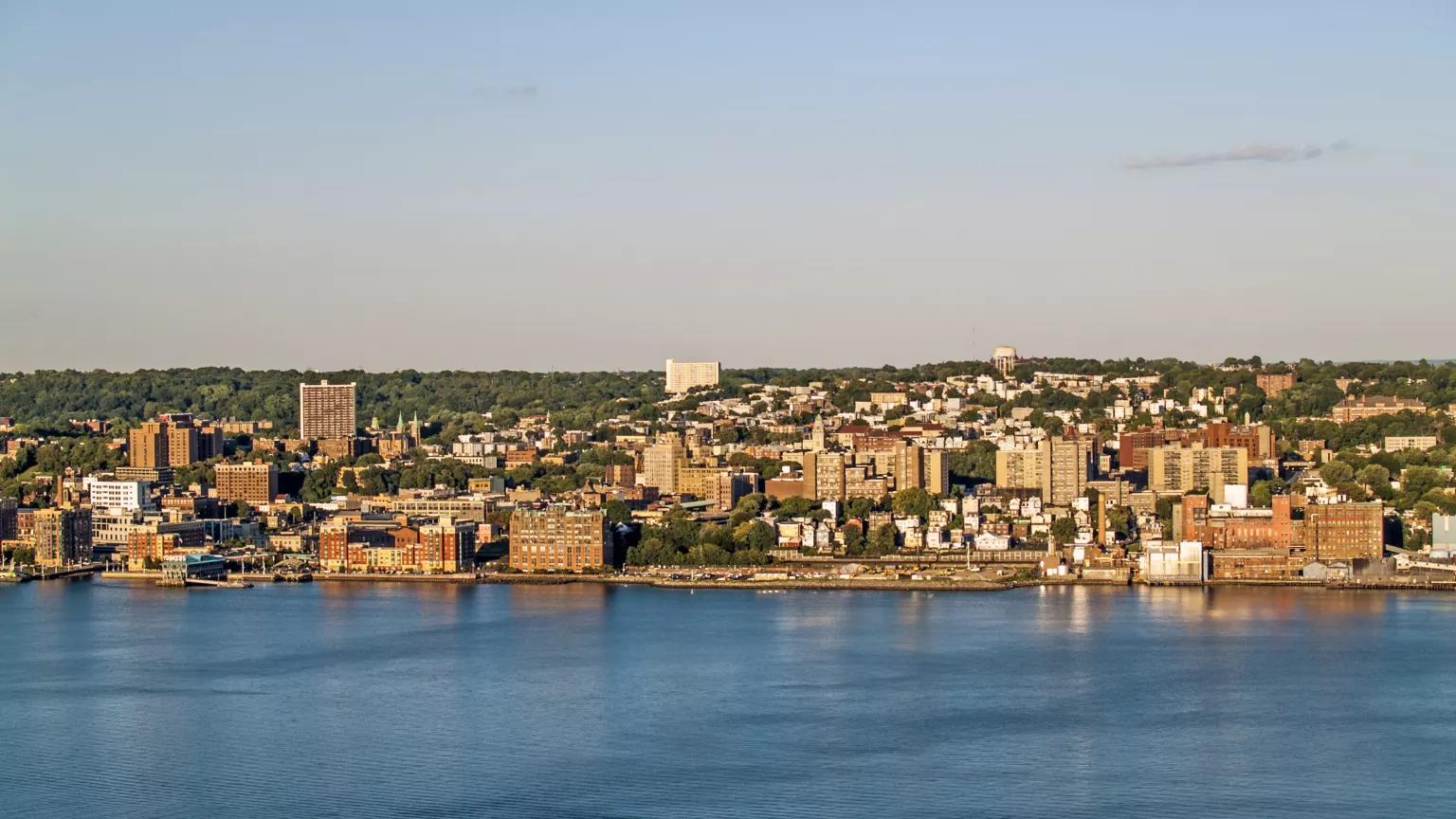
In Yonkers—one of New York State's largest districts, with 25,000 students—every single school building (using 2018 data) had at least one tap testing with lead levels exceeding the state action level.
Getty Images
What happened
After the water crisis in Flint, Michigan raised awareness about the risk of lead contamination in homes and schools around the country, New York took a bold step toward protecting its children. In September 2016, shortly before Congress approved funding to aid Flint, New York State lawmakers passed a first-in-the-nation law requiring all public schools to test their water at the tap for lead contamination.
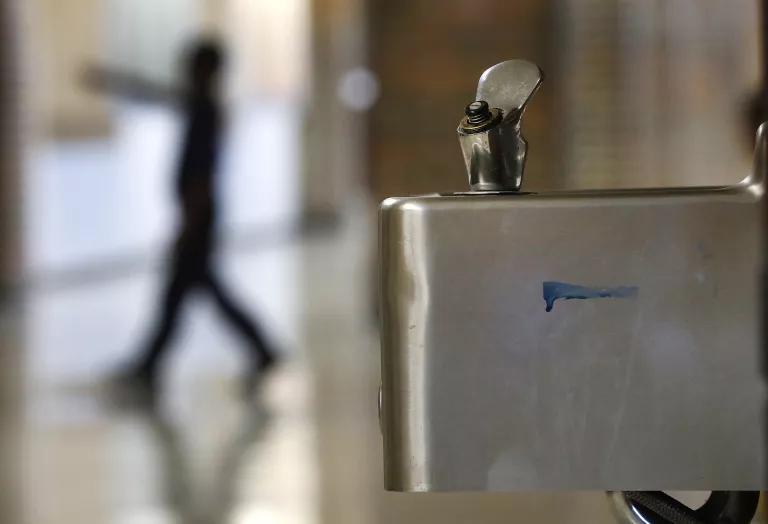
The highly publicized water crisis in Flint, Michigan, is not an isolated case. More and more places across the United States are finding elevated levels of lead in their communities, including schools.
Paul Sancya/AP
Before New York began to require testing for lead in school drinking water, there was little oversight of water safety in schools across the country; unless a school owned and/or operated its own public water supply, it did not have to test its drinking water for lead. New York State set the threshold level prompting corrective action at 15 parts per billion (ppb). While high, this was stricter than the U.S. Environmental Protection Agency’s voluntary guidance for schools at the time. (The EPA had recommended taking action at 20 ppb until September 2018, when it stopped offering a specific recommended action limit.)
Of course, as the American Academy of Pediatrics, World Health Organization, and the EPA itself note, no amount of lead is safe; the neurotoxin is particularly harmful to children and fetuses. And while it was good news that New York was being proactive, the widespread lead contamination that the tests revealed was alarming.
After testing under the new law, it became clear that New York public schools had a serious lead problem. About 82 percent reported at least one tap that tested above the state lead action level of 15 ppb, according to an NRDC analysis of data from New York’s Department of Health and Department of Education. In 16 schools, every tested water outlet exceeded the lead action level.
“With lead, you can’t see it, you can’t smell it, and you can’t taste it. You really don’t know what you’ve got unless you test,” says Claire Barnett, executive director of the Healthy Schools Network, a national nonprofit that works on lead- and school-related health and safety issues across the United States. “And if you test, you really should be telling people what you’ve got.”
New York faces issues of transparency and communication about the high lead levels in water at many of its public schools. In many cases, staff and parents might not know they or their children are at risk, since New York schools are required to report to the state and notify parents only when water outlets exceed 15 ppb; for results below this threshold, schools are not required to publish the lead levels detected. Under the law, when a school outlet tests above the 15 ppb action level, the school must not only notify parents but also discontinue its use and create a remediation plan.
In Yonkers—one of the state’s largest districts, with 25,000 students—every single school building had at least one tap testing with lead levels exceeding the state action level.
Why it's a big deal
Yonkers, located in Westchester County about 20 miles north of New York City, is coping with a common problem across the country’s educational system: aging schools. Older buildings are more likely to have deteriorating lead pipes and faucets that are prone to leaching lead into drinking water. Across the country, the average age for schools is 44 years. In Yonkers, the average is 75 years. Nine schools in the district are more than 100 years old, and an additional 11 are more than 80 years old. The majority of the district’s 40 schools—some of the oldest school buildings in the country—are in dire need of repair and rebuilding.
The district is dealing with crumbling infrastructure and issues like lead and mold in the face of annual budget cuts and a lack of state funding. And budget pressures are only going to get worse: Yonkers schools are currently almost 5,000 students over capacity, and enrollment is growing.
At 75 percent of Yonkers public school buildings, more than 5 percent of outlets exceeded the state lead action level of 15 ppb, according to NRDC’s analysis, which used data from February 2018. That’s well above the statewide average of about 56 percent of public school buildings with that proportion of outlets exceeding the state’s lead action level. “We have a serious problem in our buildings, and we know that,” says Yonkers schools’ spokesperson Jerilynne Fierstein, referring to the aging pipes and faucets. “But the water itself is fine.” Noting that in a local poll, Yonkers water was voted the best-tasting in Westchester County two years running, she adds, “Yonkers water is considered some of the best in the state.” However, taste has nothing to do with safety.
It’s important to note that while Yonkers’s city water is regulated by the EPA like other drinking water systems, schools are generally not required to conduct routine water testing under the Safe Drinking Water Act. Yonkers hasn’t reported any drinking water contamination violations going back at least 10 years; the only two violations over that period were related to monitoring or reporting. The last time the city reported exceeding the lead action level under federal regulations was in 2004. All this suggests that schools’ lead-bearing plumbing and fixtures may be the primary cause of the contamination.
Even New York’s new testing requirements for schools don’t include stringent reporting and remediation obligations. The 15 ppb threshold isn’t a public health safety measure. Moreover, since the reported results include only taps that tested above the 15 ppb threshold, they don’t capture the likely many other outlets also testing with elevated levels of lead but that were still below the action level. Finally, lead levels can fluctuate greatly within short periods of time—a tap that tests below 15 ppb one day may test above it the next day.
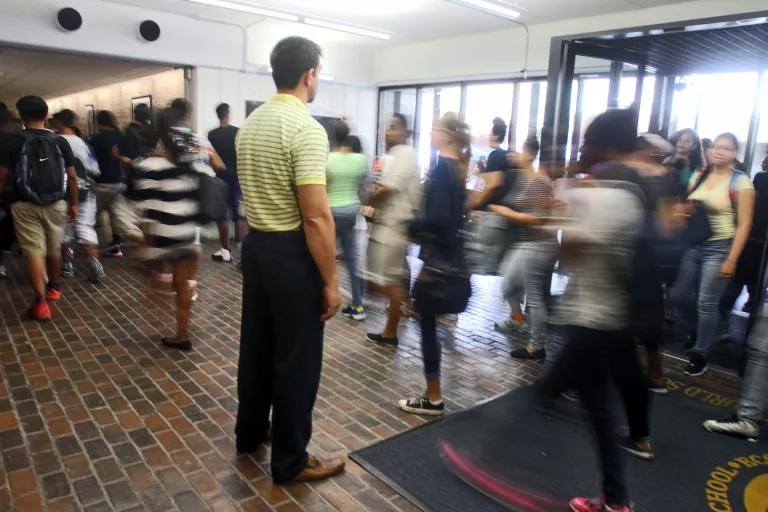
According to NRDC’s 2018 analysis, 73 out of 186 water outlets at Yonkers Middle High School (pictured) tested above 15ppb.
Seth Harrison/The Journal News via USA TODAY NETWORK
Yonkers Middle High School and Yonkers Montessori Academy had the worst results among schools in the district, with an alarming 39 percent of outlets testing above New York’s lead action level of 15 ppb.
NRDC’s 2018 analysis shows that at Yonkers Middle High School, which has about 1,200 students, 73 out of 186 outlets tested above the 15 ppb action level. At Yonkers Montessori Academy, a K–12 school with about 1,400 students, 90 of 231 taps tested above 15 ppb. Results posted on the Yonkers district website showed that lead levels at more than a dozen outlets at Yonkers Montessori Academy tested in the thousands of parts per billion, with one testing as high as 21,600 ppb. Yonkers Middle High School showed similar results, and one faucet tested at 27,200 ppb.
When the Healthy Schools Network analyzed the statewide data from New York districts, it found that “the poorest children appear to be enrolled in schools with the greatest number of taps closed due to lead contamination,” says Barnett. Her analysis found that in the 15 schools in the state with the most taps closed, about 53 percent of students were enrolled in subsidized meal programs, versus 35 percent in a random set of 15 schools with no taps closed.
In Yonkers, 80 percent of students are economically disadvantaged, a proportion significantly higher than the New York State average of 58 percent. And the majority of students in Yonkers schools, 58 percent, are Hispanic or Latino.
What's being done
In April 2017, the Yonkers district sent letters to parents about the testing and attached a copy of the lead reports for specific schools, according to Fierstein. As required by state law, they also posted the test results of all schools, reflecting numbers of outlets testing above the 15 ppb threshold, to the district’s website.
However, this wasn’t enough to ease the concerns of Yonkers parents like Christine Murray, the mother of a then–third grader at Yonkers Montessori Academy and a member of the school’s Parent-Teacher-Student Association.
Murray recalls receiving a letter about lead levels at the school but came away with the impression that the water was safe. She says she hasn’t received any communication since. “I would think that we would have been given some kind of update from the school as to how they were handling it.”
Looking to find out more about the risk at her daughter’s school, she located the lead report on the Yonkers school district site but found it hard to interpret the technical information. The district makes spreadsheets showing the lead test results for each school publicly available but doesn’t offer any interpretation of the data. “I didn’t really know how to read it,” Murray says. “I’m not sure how it translates to the health of my daughter.”
Yonkers has taken some steps to address the lead contamination, as New York’s law dictates. Officials say that they have either shut off problematic taps or posted signs indicating the water at those taps isn’t potable. “We remediate them as we need to and we can afford to,” Fierstein says, adding that decisions are made in discussion with school staff. However, she didn’t provide any details about specific remediation or replacement plans at Montessori Academy or Yonkers High School. The district provides schools with bottled water as needed, says Fierstein, though she declined to comment on how the removal of nearly 40 percent of these schools’ water outlets is affecting the daily routines of students and staff.
When asked about remediation at the Montessori and the high school, John Carr, head of facilities management for Yonkers schools, said that the outlets that haven’t been completely shut off are in science labs or janitor closets—areas that students don’t have unsupervised access to. New drinking water safety reports from January 2020 show that 15 fixtures were returned to use at Yonkers Middle High School, but 140 outlets were still need of testing, while 6 tested above 15ppb. In addition, 65 outlets were removed from potable inventory and stored in locked rooms. At Yonkers Montessori Academy, the January 2020 report indicated that 11 outlets were returned to use, with 186 still needing testing and 4 coming in above 15ppb. Here, 78 outlets were removed from potable inventory and locked away.
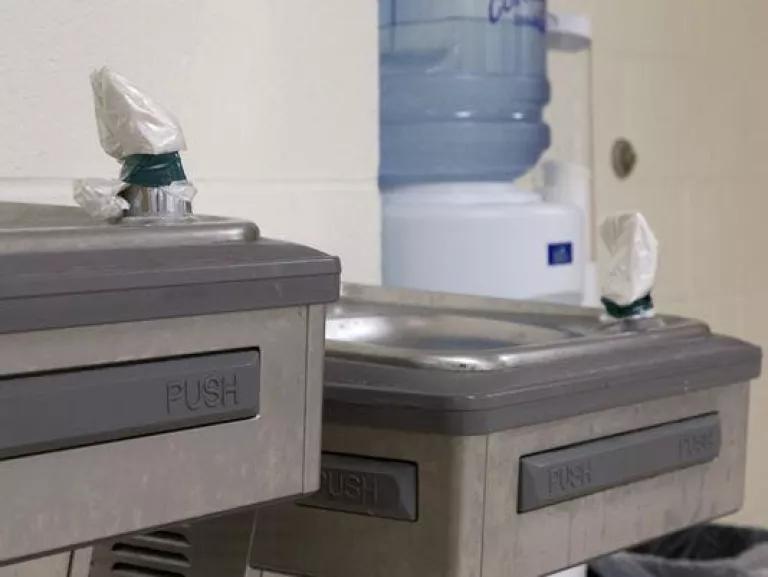
It is crucial that school authorities make it clear to students that lead-contaminated faucets and fountains should not be used for drinking.
Simon Wheeler/File Photo via USA TODAY NETWORK
What needs to happen
There’s no clear indication that Yonkers is failing to meet its obligations under the New York State lead testing law. However, given the severity of its lead problem in school drinking water, the district could be more transparent about test results by providing a big-picture analysis of the data and adopting a better strategy for communicating with parents.
To ensure the safety of students and staff, schools must ensure that faucets and fountains testing with high lead levels are not accessible for drinking—signs can be confusing or can easily get moved or destroyed. It is also imperative that the district ensure students and staff have adequate access to clean drinking water after outlets are shut off or decommissioned.
At the state level, while New York has taken bold and important action to ensure the safety of its children, the revelation that tens of thousands of students may have been exposed to high levels of lead in their schools’ drinking water is unacceptable. The only safe level of lead is zero, and we must work to ensure that fully curbing lead exposure in water becomes a reality in schools—and homes—throughout New York and the country.
Specifically, advocates like Barnett and Joan Leary Matthews, director of urban water management at NRDC, hope to see the New York law strengthened in several ways. First, they would like to see a more stringent lead action level of 1–5 ppb. They would also like the law amended to require lead testing not only at public schools but at private schools and daycare centers too. “Kids are kids no matter where they are. It’s not like there’s no lead in these other venues,” Matthews says.
Advocates also say that in addition to frequent sampling and discontinuing use of affected taps, schools could install filtered hydration stations as a short-term solution. In the longer term, replacing lead pipes and lead-bearing faucets could dramatically reduce lead.
What you can do
In addition to getting your children tested by a health professional, who can check their blood to see if lead levels are elevated, the most critical thing you can do is advocate within your kids’ schools. Demand that schools proactively install water filters certified to reduce lead, perform more frequent testing, offer clearer and more frequent communication for students and their families, and present quick and feasible plans for remediating any lead issues. “Ask questions, get involved, find out what’s going on in your schools,” Matthews says.
Elsewhere across the country, parents can also pressure their states and the federal government to take decisive action to require schools to test for lead in water. Since New York passed its law in September 2016, at least seven other states and Washington, D.C., have adopted such legislation or regulations.
This NRDC.org story is available for online republication by news media outlets or nonprofits under these conditions: The writer(s) must be credited with a byline; you must note prominently that the story was originally published by NRDC.org and link to the original; the story cannot be edited (beyond simple things such as grammar); you can’t resell the story in any form or grant republishing rights to other outlets; you can’t republish our material wholesale or automatically—you need to select stories individually; you can’t republish the photos or graphics on our site without specific permission; you should drop us a note to let us know when you’ve used one of our stories.
Millions of Americans drink tap water served by toxic lead pipes.
Tell the EPA we need safe drinking water!
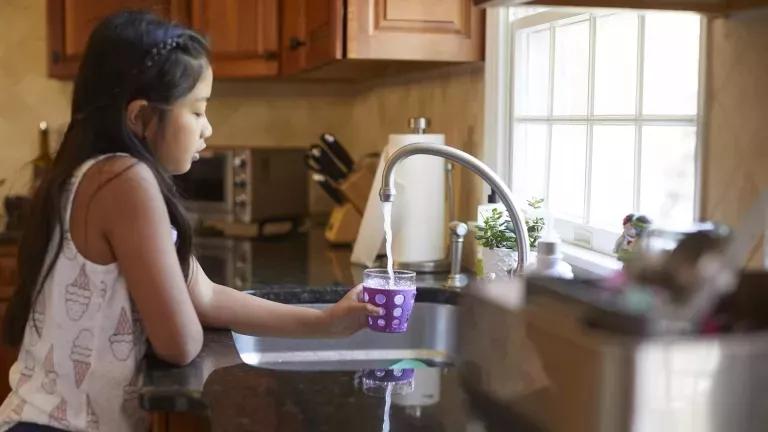
Tell the EPA we need safe drinking water!
There is no safe level of lead exposure. But millions of old lead pipes contaminate drinking water in homes in every state across the country. We need the EPA to do its part to replace lead pipes equitably and quickly.


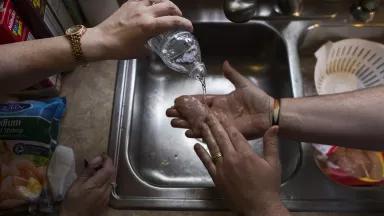
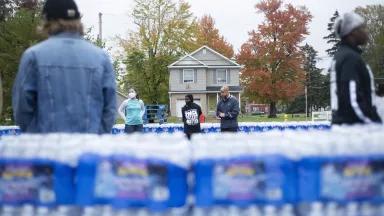
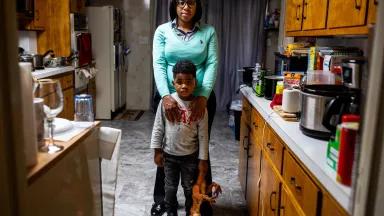

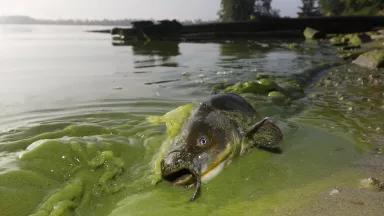
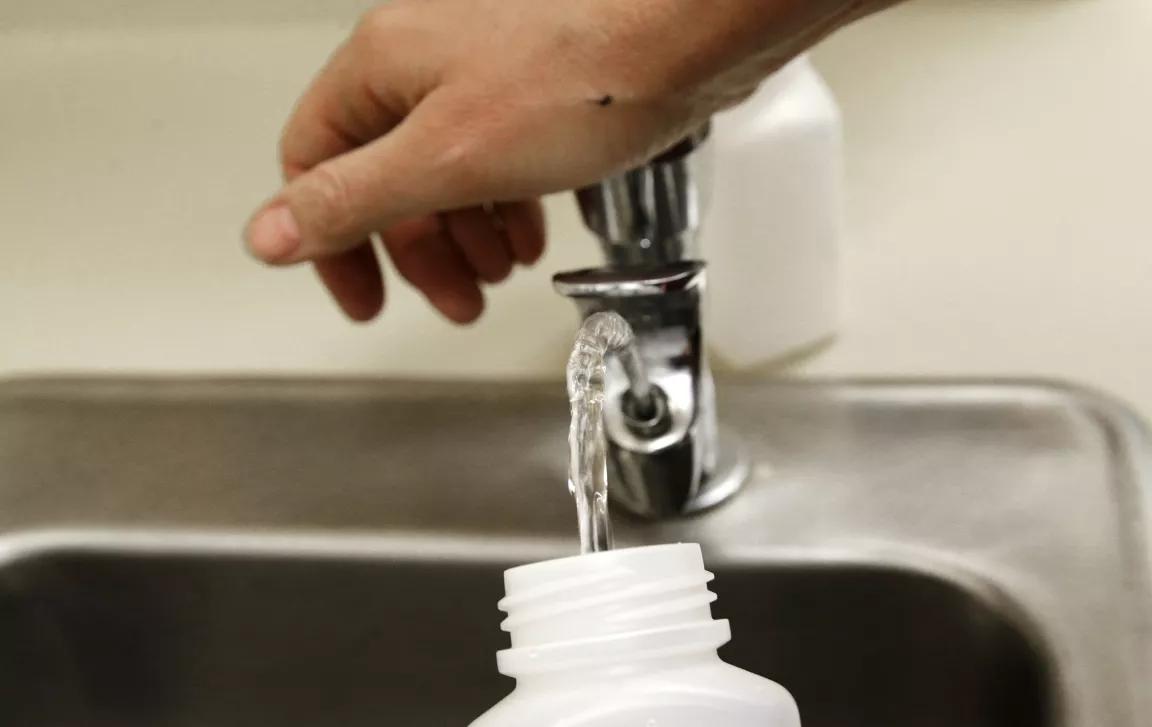
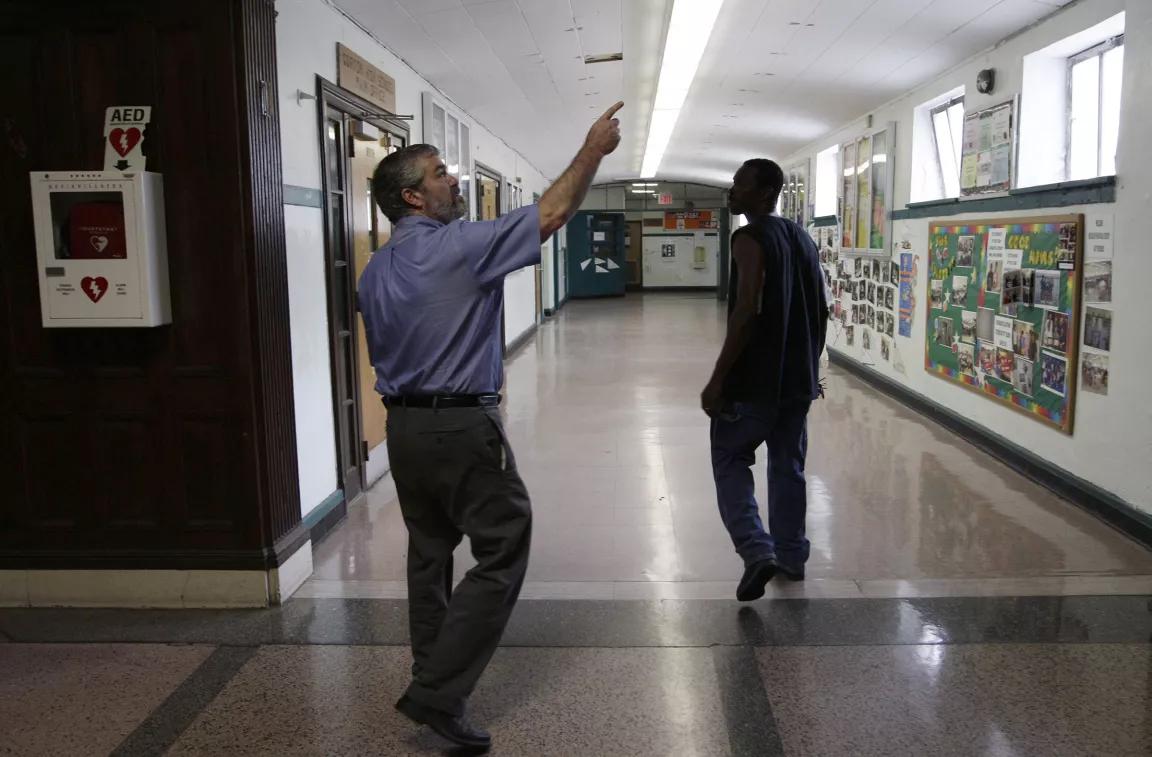
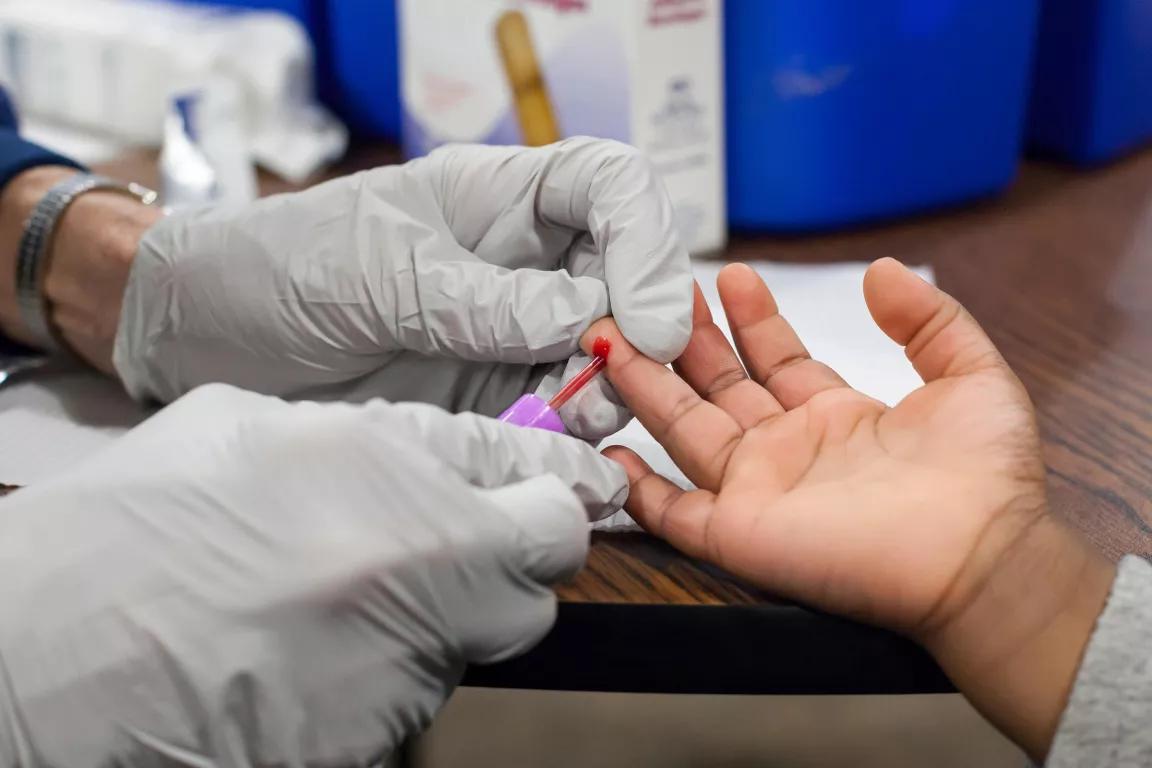
New York State Assembly Passes Ban on Toxic Teflon Chemicals in Food Packaging
At Least 82 Percent of New York Public Schools Have a Lead Problem
For the Delaware River Basin, a Partial Fracking Ban Is a Partial Victory